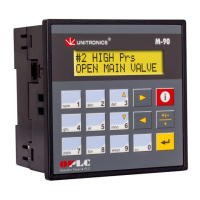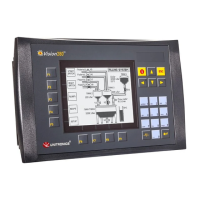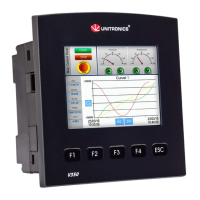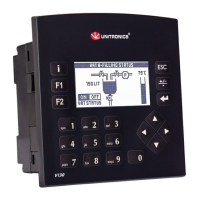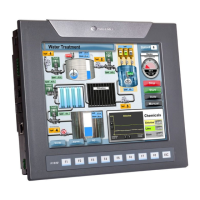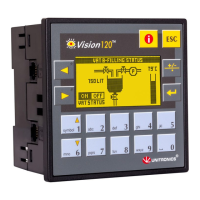15
Chapter 3: Power Supply
Power Supply
The controller requires an external 12 or 24VDC power supply. The permissible input voltage
range is 10.2-28.8VDC, with less than 10% ripple. You must use an external circuit protection
device as shown in Figure 7, page 16.
Safety Considerations
• Do not touch live wires.
• A non-isolated power supply can be used provided that a
0V signal is connected to the chassis.
• Standard safety considerations require that metal cabinet
panels be earthed to avoid electrocution.
• Do not connect either the ‘Neutral or ‘Line’ signal of the
110/220VAC to the device’s 0V pin.
• In the event of voltage fluctuations or non-conformity to
voltage power supply specifications, connect the device
to a regulated power supply.
• The wiring of this device is specifically designed to be
safe and easy. A technician or engineer trained in the local
and national electrical standards should perform all tasks
associated with the electrical wiring of the device.
• Double-check
all wiring before turning on the power
supply.
Wiring the Power Supply
• Do not use tin, solder, or any other substance on the
stripped wire that might cause the wire strand to break.
• Install at maximum distance from high-voltage cables and
power equipment.
• To avoid damaging the wire, do not exceed a maximum
torque of 0.5 N·m (5 kgf·m).
We recommend that you use crimp terminals for wiring; use 26-14 AWG wire for all wiring
purposes.

